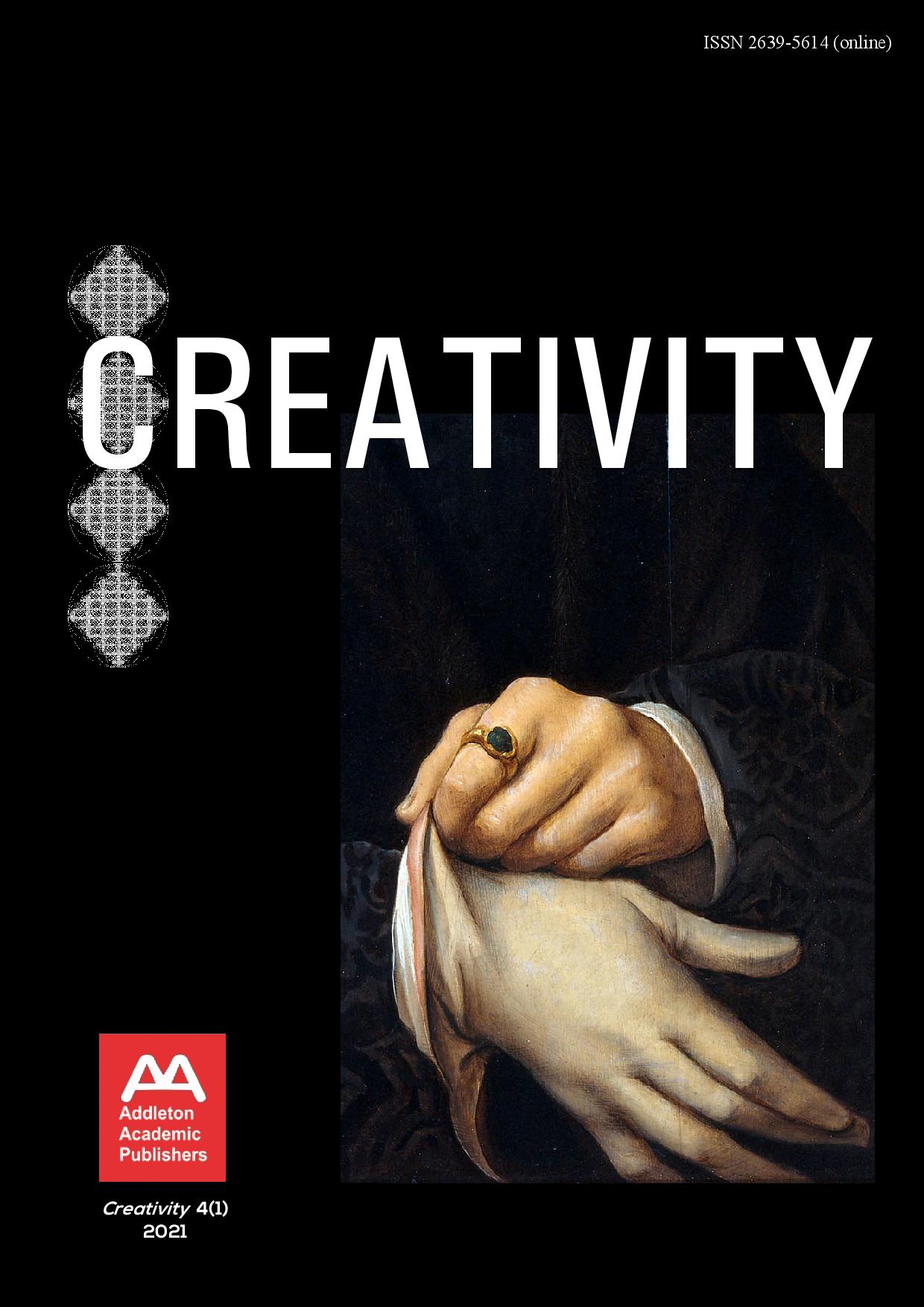The universe of John Keats: the life and the literary revolution
The universe of John Keats: the life and the literary revolution
Author(s): Mihai A. StroeSubject(s): Poetry, British Literature
Published by: Addleton Academic Publishers
Keywords: the poet for poets; letter correspondence; medical history; depression; substance abuse; Lethe mystique; the “Minx”; higher consciousness; biography; altruism; negative capability; Chatterton; Hermes;
Summary/Abstract: The following research – published, at the time of the bicentennial of John Keats’s death, as a tribute to the memory of one of the greatest poets to date – is an attempt to sketch the “universe” of John Keats (1795–1821) by exploring the life and the literary works. We start by looking at the life and the worldviews that led to Keats’s magnificent poetry and letters; we conclude that besides the commonly accepted influences on Keats derived from his readings of Spenser, Milton and Shakespeare, there are three additional essential sources that molded his thought: Hermes, Paracelsus and Burton. We focus on the medical history, documenting it by numerous references to Keats’s letters and fictions as well as to medical opinions of various people; the conclusion emerging is that Keats may have been medically associated with: mercury poisoning, saturnism, venereal disease, alcohol abuse (associated with a proverbial love of wine), opium abuse, depression, tuberculosis, all of which had a share in causing the premature death of a rather sturdy person. We reconsider the role played in Keats’s life by his fiancée Fanny Brawne, focusing among others on Johanna Richardson’s excellent Fanny Brawne: a biography (1952). We explore the nature of the literary revolution that Keats brought about in the English letters, concentrating among others on Walter Jackson Bate’s outstanding biography John Keats (1963); we conclude that Keats, by using the word magic of poetry and what can be called a Janusian type of romantic imagination, brought to perfection a synesthetic revolution that had been initiated in English poetry in the 1760s and 1770s by Thomas Chatterton, who is today recognized as a main author of the Gothic Revival and an initiator of romanticism. Besides this, we conclude that Keats’s fundamental philosophy is a variant of hermetism, a fact brilliantly documented by Jennifer N. Wunder in Keats, hermeticism, and the secret societies (2008). A tentative general conclusion (emerging also from a sustained comparison with the American poet Hart Crane) is that Keats took life in all its complexity as the prime matter of his poetic quest, having a major awareness: everything belonging to life, however painful or joyful, forges the soul, and everything belonging to the soul forges life. The meeting point between these two (life and soul) for him was the very process of poetic creation as verbal distillation of all physical, mental and spiritual experience, be that joyful or tragic. The “Joy of Grief” is Keats’s poetic Grail, the sublimated distillate which he dared sip out of Lethe’s “brimming Bowl.”
Journal: Creativity
- Issue Year: 4/2021
- Issue No: 1
- Page Range: 31-301
- Page Count: 271
- Language: English
- Content File-PDF

